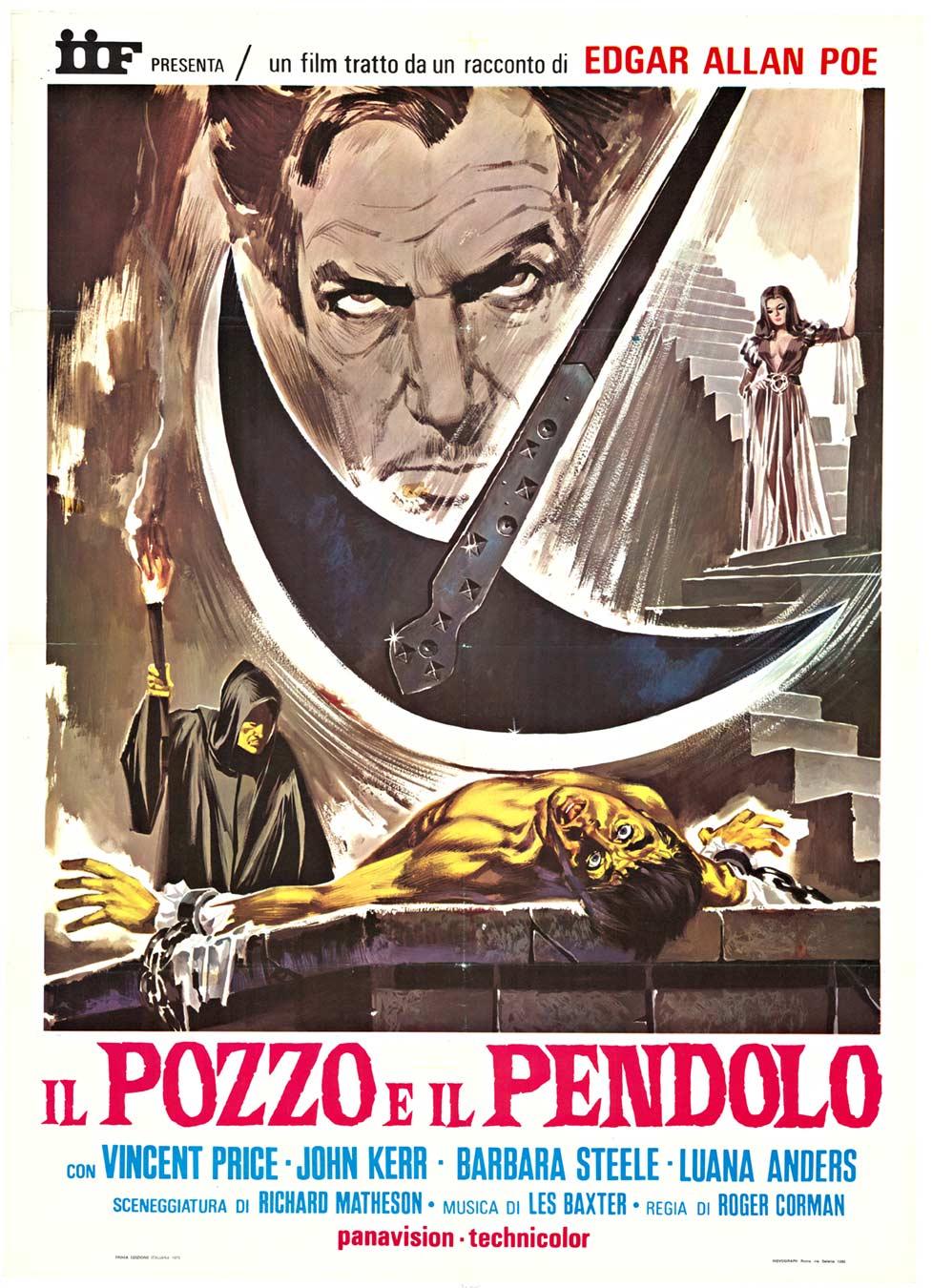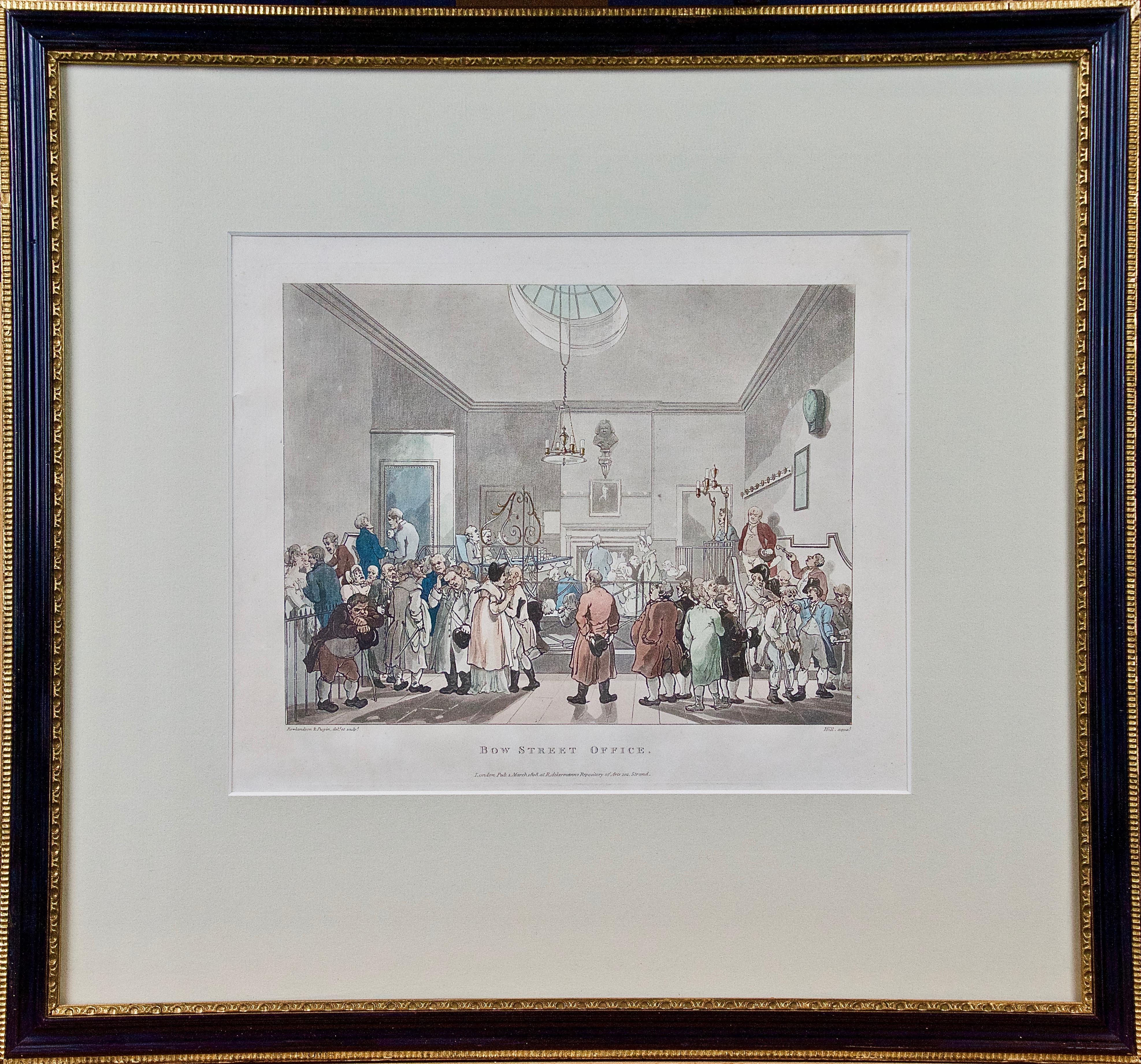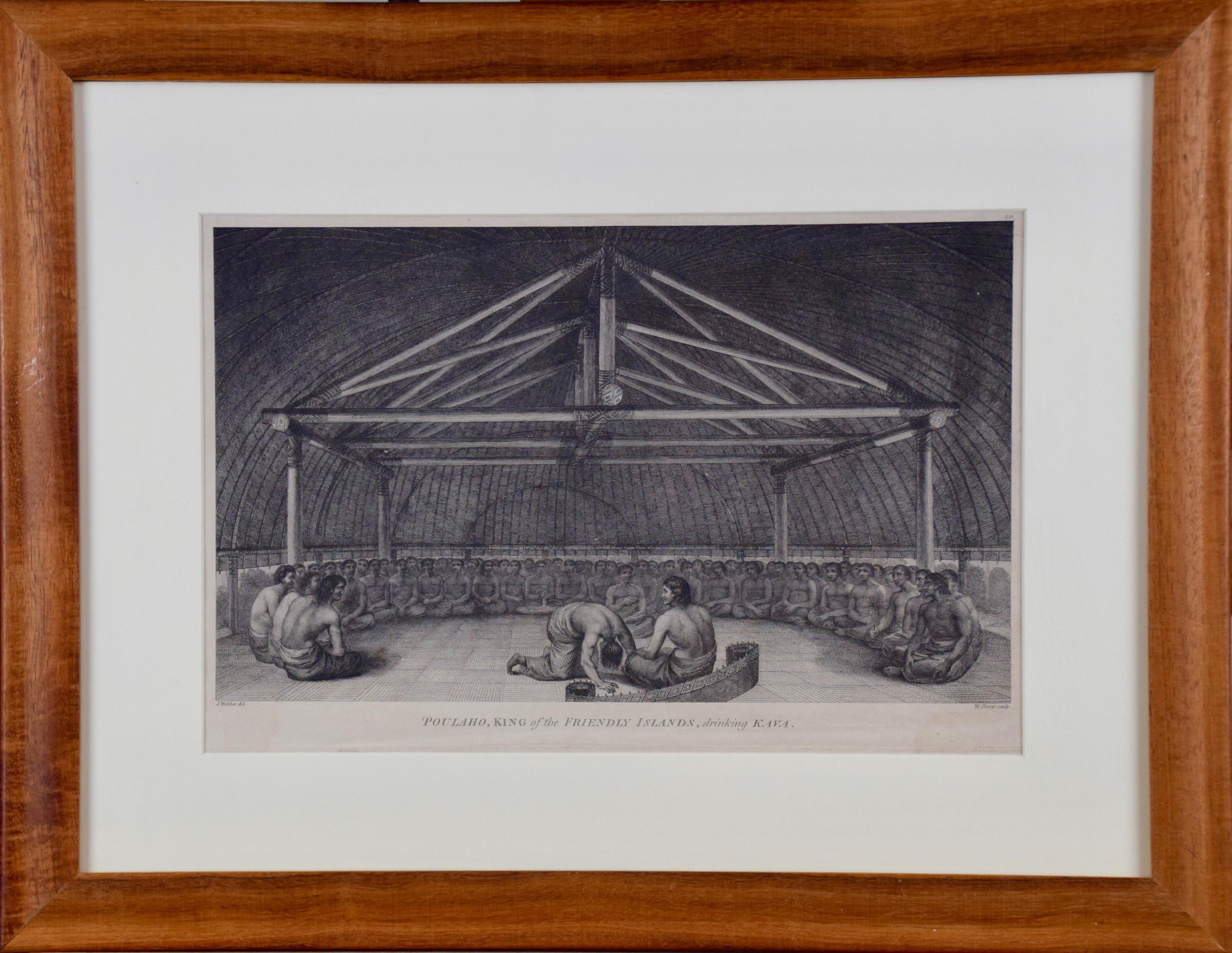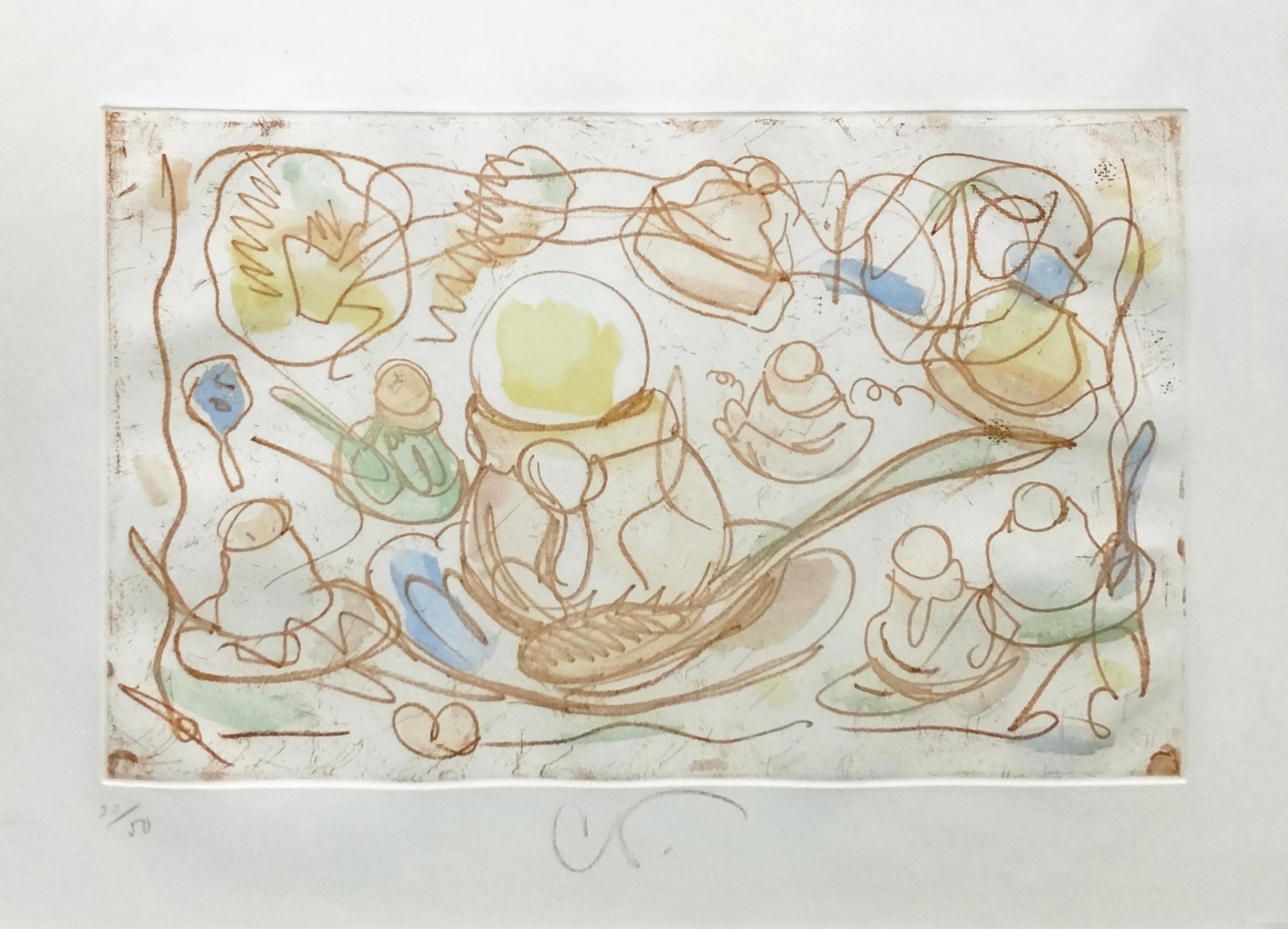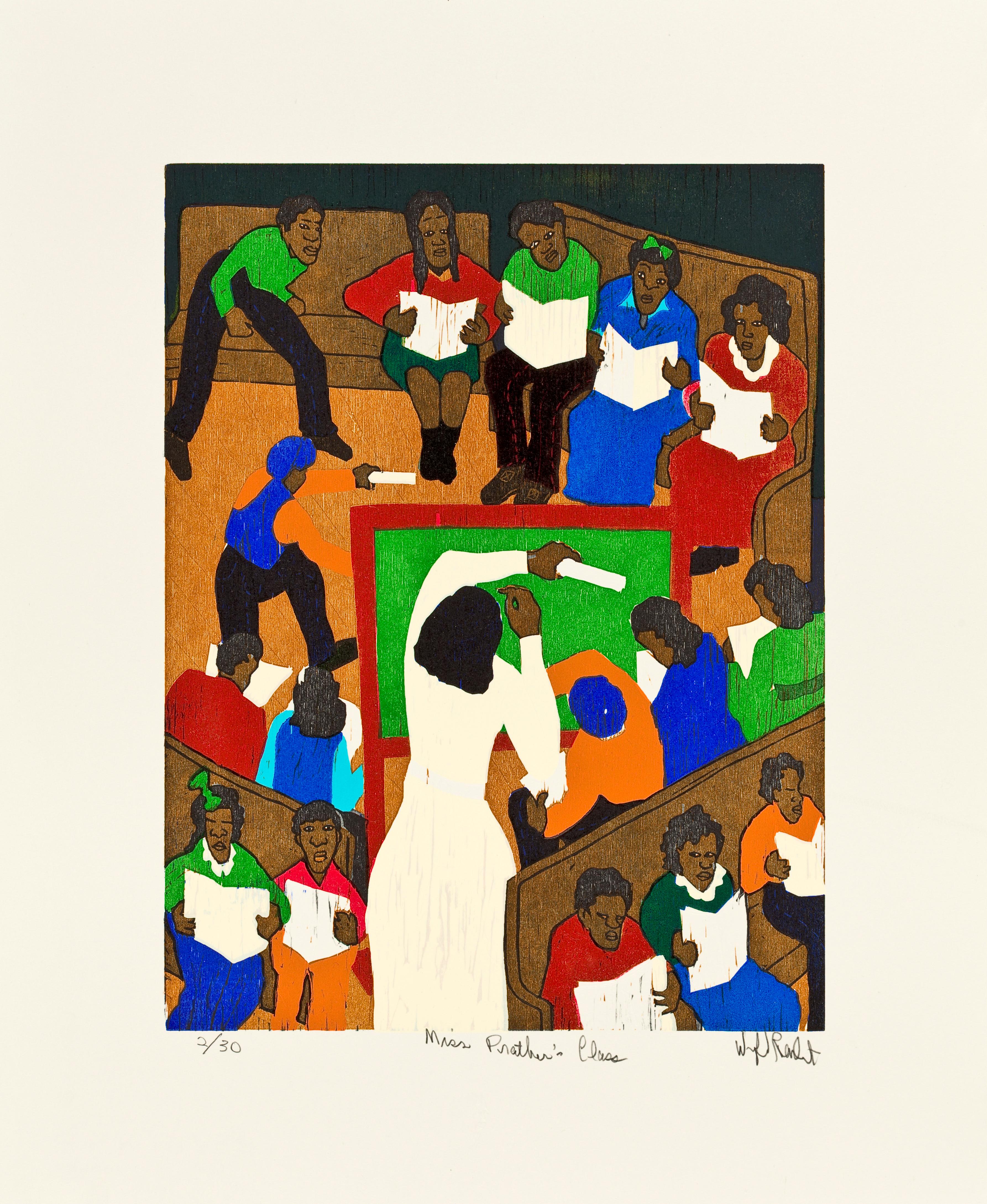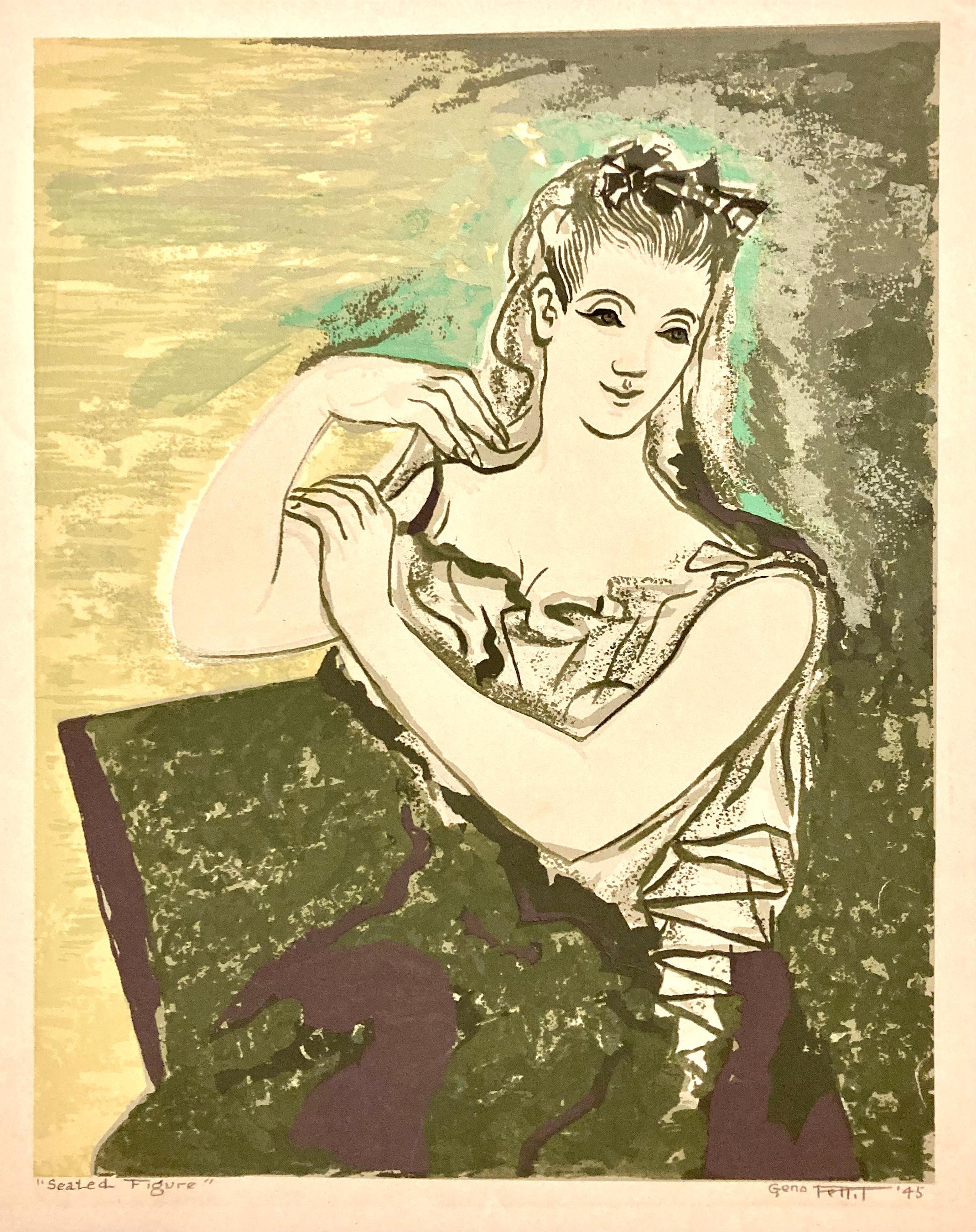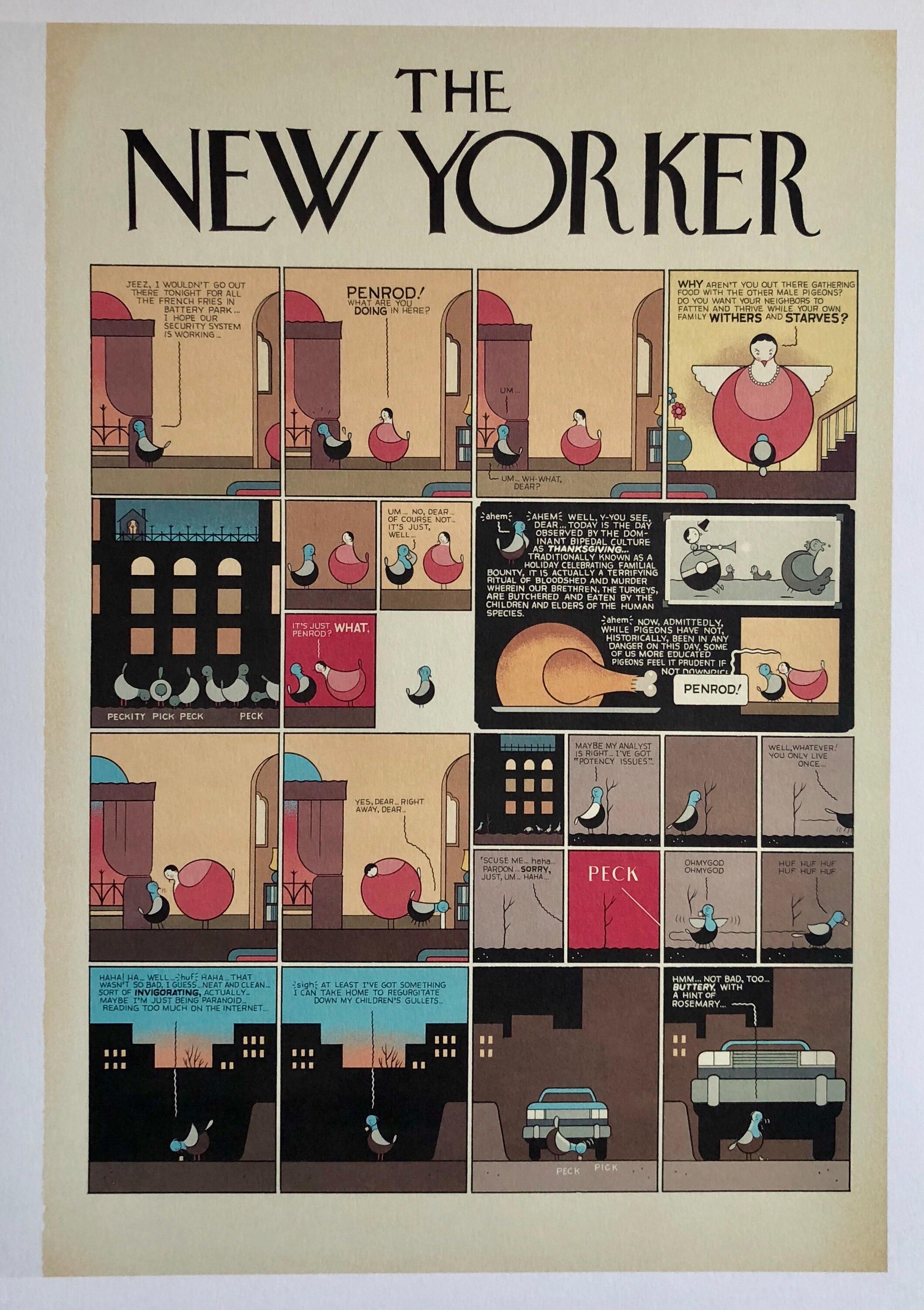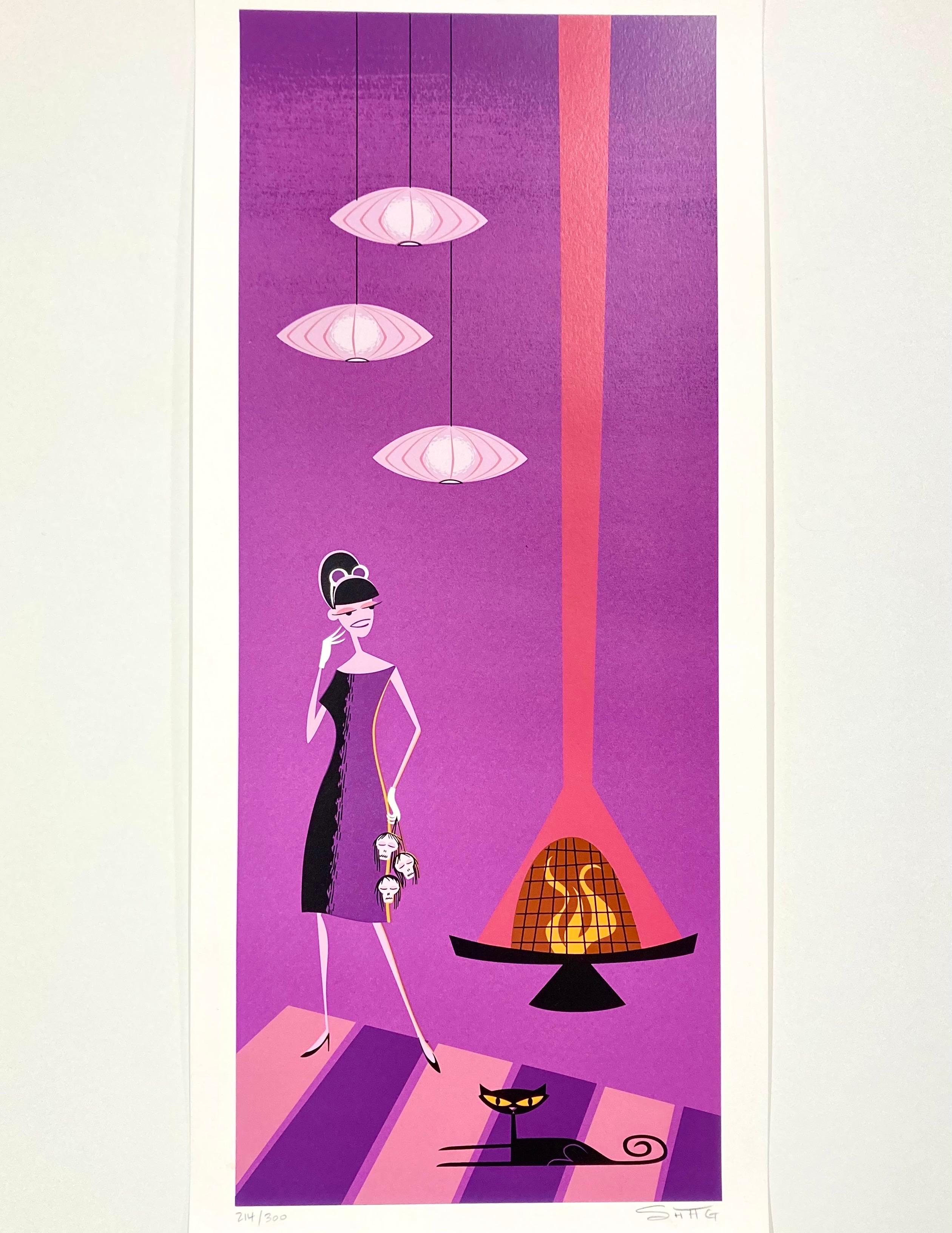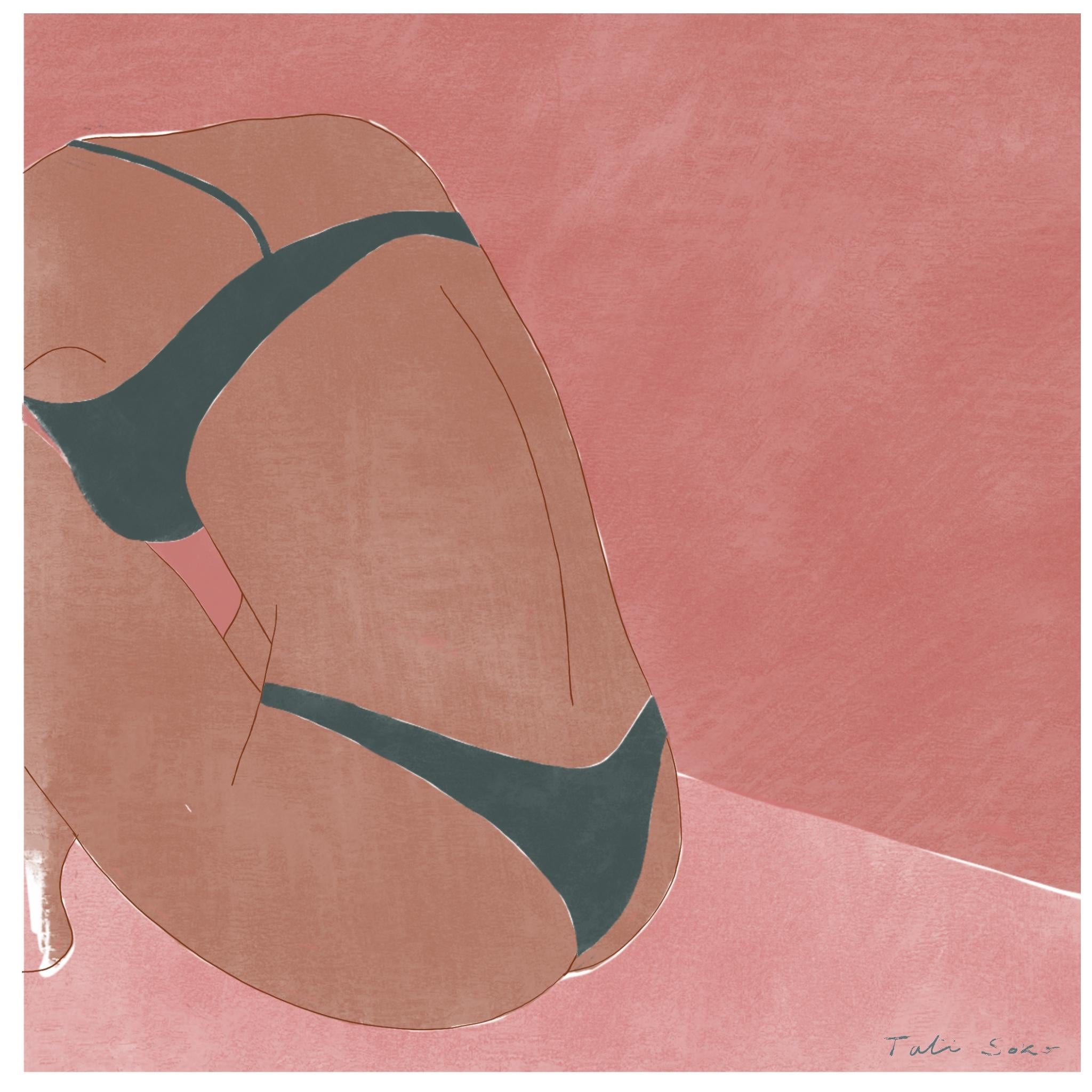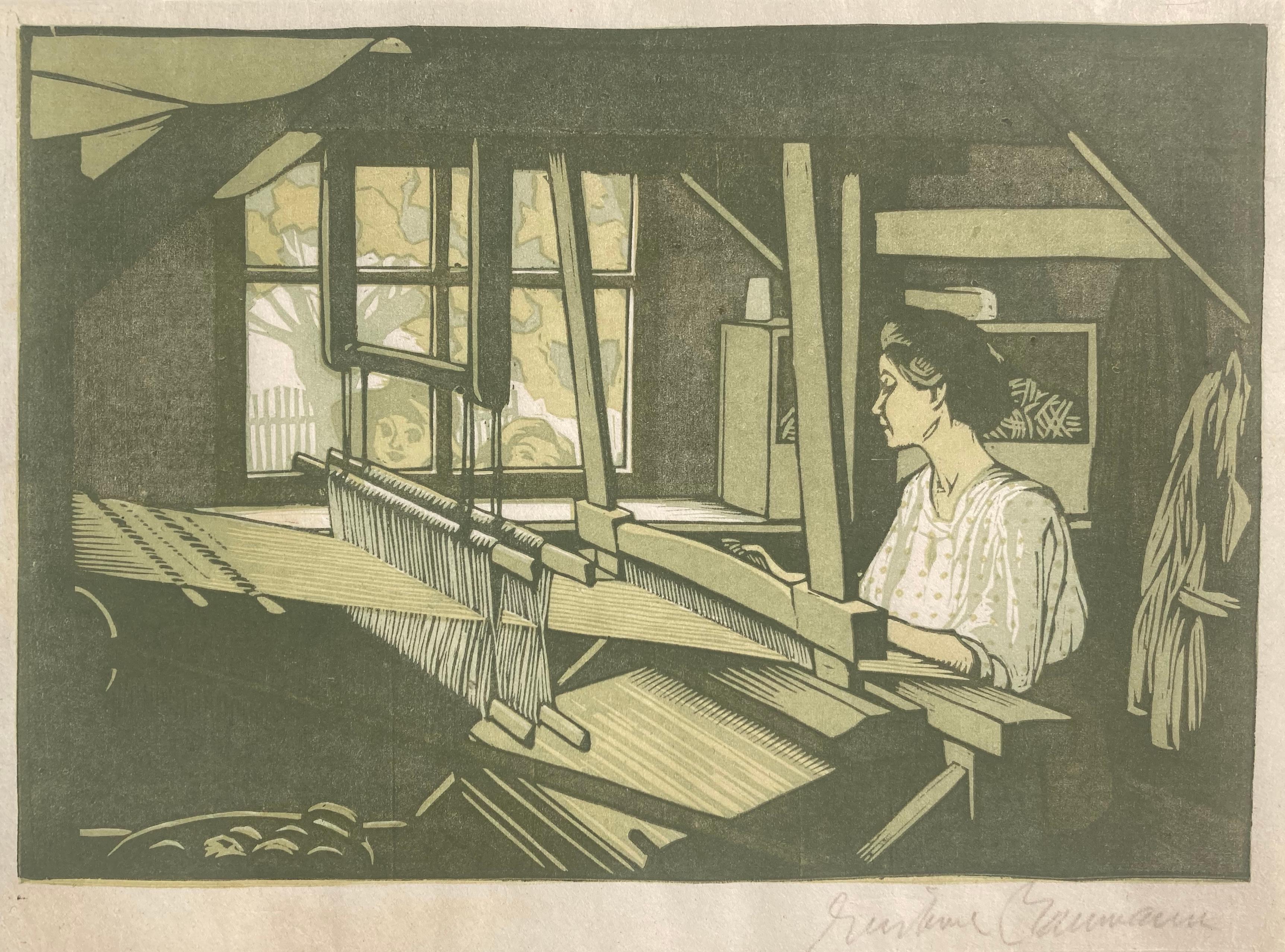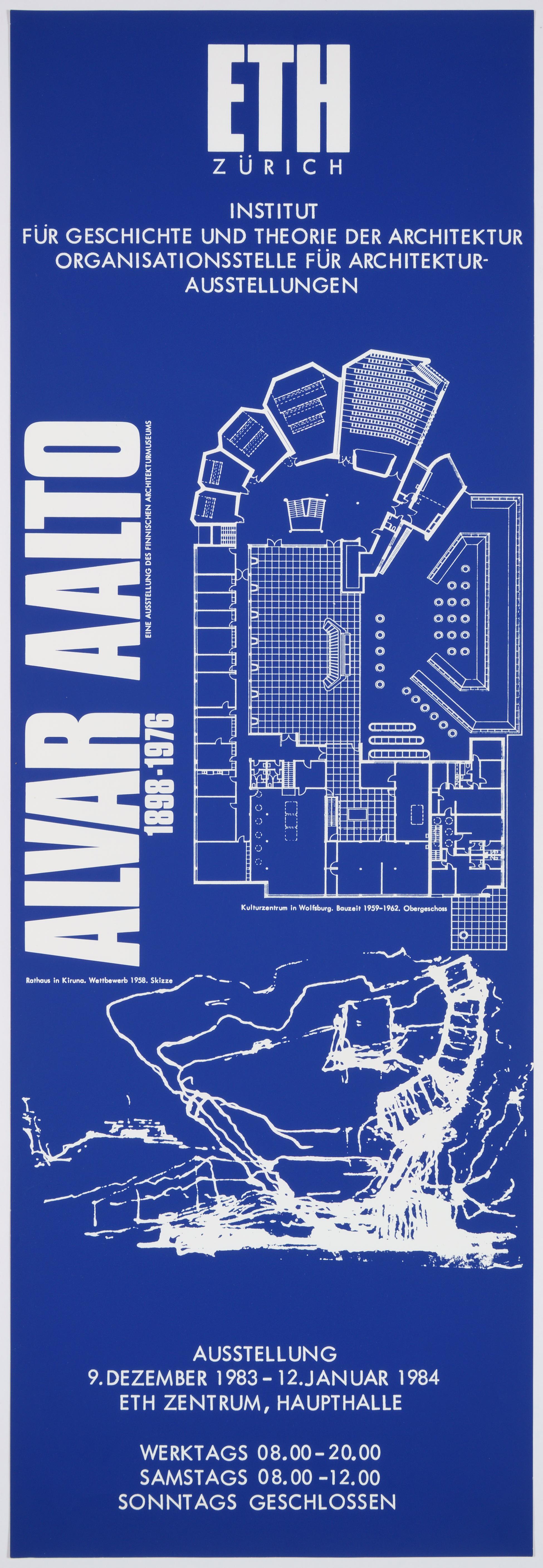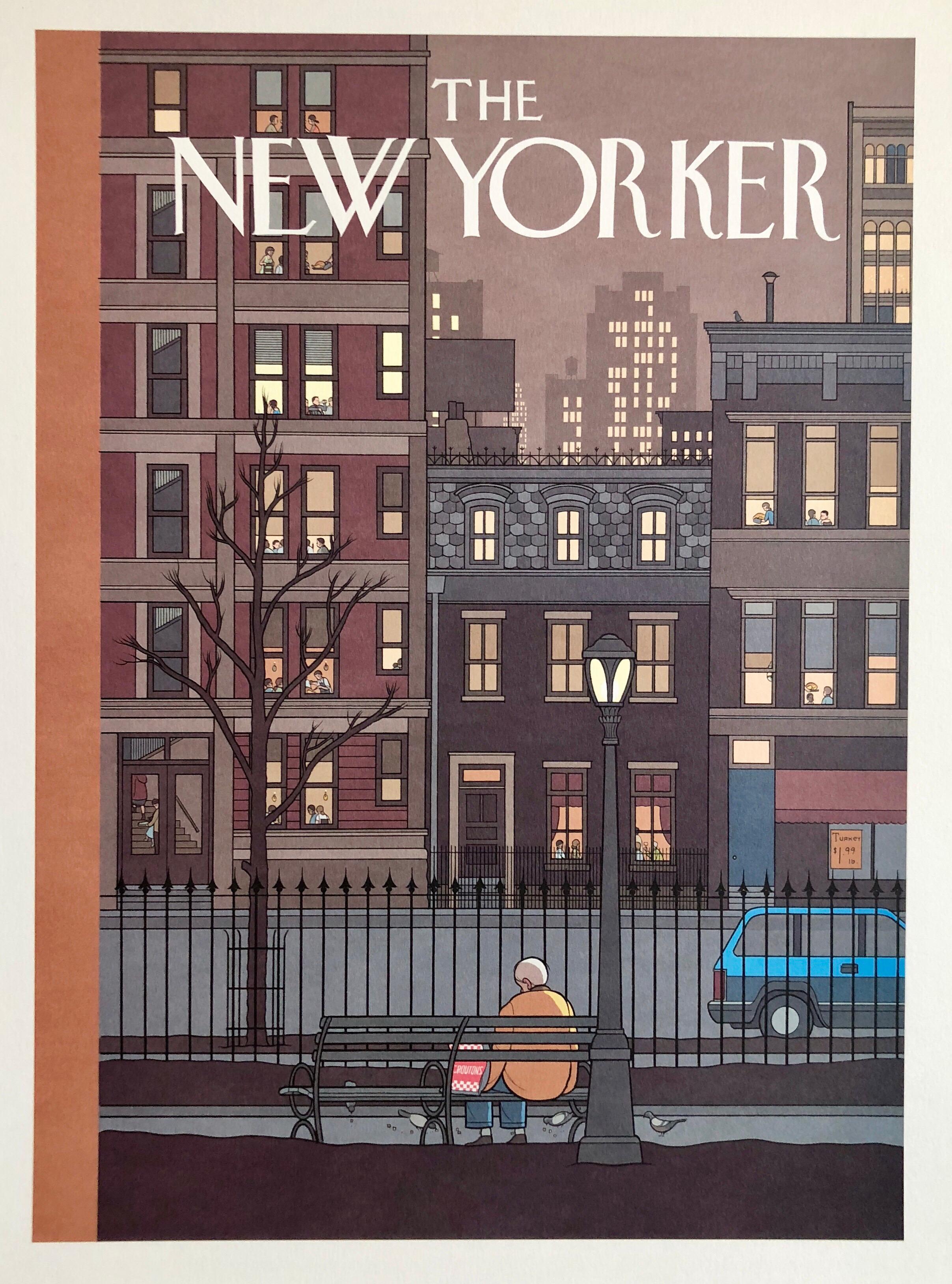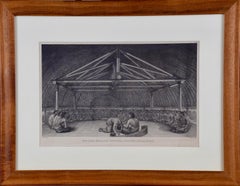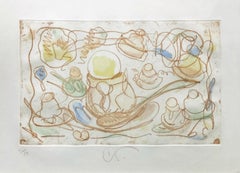Set of Eight English Copperplate Engravings of Mansions of England, 19th Century
View Similar Items
1 of 19
Joseph NashSet of Eight English Copperplate Engravings of Mansions of England, 19th Century1841
1841
About the Item
- Creator:Joseph Nash (1809 - 1878, British)
- Creation Year:1841
- Dimensions:Height: 14.5 in (36.83 cm)Width: 12 in (30.48 cm)Depth: 0.1 in (2.54 mm)
- Movement & Style:
- Period:
- Condition:
- Gallery Location:San Antonio, TX
- Reference Number:1stDibs: LU56613826591
You May Also Like
- Bow Street Office: Rowlandson Hand-colored Engraving from Microcosm of LondonBy Thomas RowlandsonLocated in Alamo, CAAn early 19th century print entitled "Bow Street Office", an illustration (Plate 11) from "The Microcosm of London", published in London in 1808 by R. Acker...Category
Early 1800s Other Art Style Interior Prints
MaterialsEtching, Aquatint
- "King of the Friendly Islands" (Tonga); Engraving from Captain Cook's 3rd VoyageBy John WebberLocated in Alamo, CA"Poulaho, King of the Friendly Islands, Drinking Kava" is an engraving created by William Sharp (1749-1824), from a drawing by John Webber (1752-1793), who was the artist on Captain James Cook's 3rd and final voyage of discovery. It was published in the atlas of "A Voyage to the Pacific Ocean Undertaken by the Command of His Majesty, for Making Discoveries in the Northern Hemisphere", the official British Admirality sanctioned journal published upon completion of the voyage in London in 1784 by Strahan & Cadell. Captain Cook visited Tonga on his 3rd voyage, which he named The Friendly Islands because of the warm welcome he and his crew received, unlike some of the other more hostile Pacific islands. The engraving depicts Cook and his men observed a kava ceremony at the village of Mu’a on Tongatapu. King Paulaho sits in the centre foreground, his back to the spectator with a man kneeling before him. The ceremonial mat depicted behind Paulaho indicates that nobody was allowed to sit behind him. The figure in the centre holds a single cup, referring to the Tongan custom of offering the cup to the king first. Kava is native to the islands of the South Pacific and was first described for English readers in 1768 by Captain James Cook. The kava root has been used for centuries as a central feature of ceremonies and celebrations because it was able to bring about a calming and pleasant social atmosphere. The root was crushed and processed into coconut milk to become the focal ceremonial beverage, simply referred to as kava. This engraving is presented in a Koa wood frame and a white mat. Koa wood is legendary in Hawaii. There are occasional faint spots, but the print is otherwise in very good condition. This amazing Koa wood is native to Hawaii and it is known for the deep rich colors and varied grain pattern. Koa has an honored heritage in Hawaii and is highly revered and sacred. The word “koa” means “warrior” in Hawaiian. The warriors of King Kamehameha the Great, created canoes and weapons from a wood plentiful on the Big Island of Hawaii. This wood became synonymous with the warriors themselves, and it became known as koa. There are three other engravings listed from the official journal of Captain Cook's 3rd voyage available that are presented in identical Koa wood frames and mats (LU117324682422, LU117324684052, LU117324684032). They would make a wonderful grouping for a display of 2, 3 or 4 prints. A discount is available for a grouping depending on the number of items included. Captain Cook is remembered as one of the greatest explorers and navigators in history. His explorations included Australia, New Zealand and islands of the South Pacific and the northwest coast of North America. Hawaii was discovered by Captain Cook during this voyage. Hawaii was originally called The Sandwich Islands in honor of The Earl of Sandwich...Category
1780s Realist Figurative Prints
MaterialsEngraving
- ICE CREAM DESSERTSBy Claes OldenburgLocated in Aventura, FLHand initialed and numbered by the artist. Etching and aquatint in colors, on handmade paper. Image size: 13.5 X 21.25 in. Sheet size: 22.5 x 31.25 in. Framed. Edition of 50. Artwor...Category
1970s Pop Art Figurative Prints
MaterialsHandmade Paper, Etching, Aquatint
- Miss Prather's ClassBy Winfred RembertLocated in New York, NYColor Reduction woodcut from 4 blocks with 4 silk screen colors and embossing on white Rives BFK paper Edition 28/30, Unframed MassArt welcomed artist Winfred Rembert for the 2014 Master Print Series, an artist in residency project during which, an established artist transforms an idea into physical artwork, and invites students to collaborate in the art-making process. A self-taught artist, Winfred Rembert records a painful chapter of American history in autobiographical paintings, created on hand-tooled and dyed leather, which explore the lives of African Americans in Jim Crow-era Georgia. After taking part in civil rights demonstrations, he survived a lynching only to be sent to prison to do hard labor on a chain gang. Another inmate taught him leatherworking and Rembert began depicting his past in engaging compositions and vibrant color. In many scenes, Rembert offers a raw view of racism, inequality, and violence while celebrating his community’s resilience in the face of such overwhelming injustice. Winfred Rembert also participated in the Adderley Lecture series, which features distinguished artists, historians, and writers and was established in 1995 in memory of Tyrone Maurice Adderley. Past Adderley lecturers have included Chakaia Booker, Melvin Edwards...Category
2010s Folk Art Figurative Prints
MaterialsWoodcut, Screen
- Geno Pettit, Seated FigureLocated in New York, NYSeated Figure by Geno (sometimes Genoi) Pettit, made in 1945, is a wonderfully 'moderne' image. The woman is wearing a roman-inspired blouse or dress and is shown against a yellow/green, chartreuse background. There is the feeling she is about to lead an ancient procession at any moment! Pettit and her husband, Guy McCoy...Category
Mid-20th Century American Modern Figurative Prints
MaterialsScreen
- Chris Ware New Yorker Cartoonist Limited Edition Thanksgiving Print NYCBy Chris WareLocated in Surfside, FLThis is one print – printed in full color on 15" x 20" heavy cream-colored paper. It is from a limited edition series of 175, the portfolio is hand numbered and hand signed by Chris Ware. the individual prints are not. The page with the hand signature is included here as a photo for reference only it is not included in this sale. Franklin Christenson "Chris" Ware (born December 28, 1967), is an American cartoonist known for his Acme Novelty Library series (begun 1994) and the graphic novel Jimmy Corrigan, the Smartest Kid on Earth (2000) and Building Stories (2012). His works explore themes of social isolation, emotional torment and depression. He tends to use a vivid color palette and realistic, meticulous detail. His lettering and images are often elaborate and sometimes evoke the ragtime era or another early 20th-century American design style. Ware often refers to himself in the publicity for his work in self-effacing, even withering tones. He is considered by some critics and fellow notable illustrators and writers, such as Dave Eggers, to be among the best currently working in the medium; Canadian graphic-novelist Seth has said, "Chris really changed the playing field. After him, a lot of [cartoonists] really started to scramble and go, 'Holy [expletive], I think I have to try harder.'" While still a sophomore at UT, Ware came to the attention of Art Spiegelman, who invited Ware to contribute to Raw, the influential anthology magazine Spiegelman was co-editing with Françoise Mouly. Ware has acknowledged that being included in Raw gave him confidence and inspired him to explore printing techniques and self-publishing. His Fantagraphics series Acme Novelty Library defied comics publishing conventions with every issue. Ware's art reflects early 20th-century American styles of cartooning and graphic design, shifting through formats from traditional comic panels to faux advertisements and cut-out toys. Stylistic influences include advertising graphics from that same era; newspaper strip cartoonists Winsor McCay (Little Nemo in Slumberland) and Frank King (Gasoline Alley); Charles Schulz's post-WWII strip Peanuts and the cover designs of ragtime-era sheet music. Ware has spoken about finding inspiration in the work of artist Joseph Cornell and cites Richard McGuire's strip Here as a major influence on his use of non-linear narratives. He is one of the great practitioners who have elevated the graphic novel style along with, Shepard Fairey, Ben Katchor and Robert Crumb. Quimby the Mouse was an early character for Ware and something of a breakthrough. Rendered in the style of an early animation character like Felix the Cat, Quimby the Mouse is perhaps Ware's most autobiographical character. Ware's Building Stories was serialized in a host of different venues. It first appeared as a monthly strip in Nest Magazine. Installments later appeared in a number of publications, including The New Yorker, Kramer's Ergot, and most notably, the Sunday New York Times Magazine. Building Stories appeared weekly in the New York Times Magazine from September 18, 2005 until April 16, 2006. A full chapter was published in Acme Novelty Library, number 18. Another installment was published under the title "Touch Sensitive" as a digital app released through McSweeneys. The entire narrative was published as a boxed set of books by Pantheon in October 2012. Ware was commissioned by Chip Kidd to design the inner machinations of the bird on the cover of Haruki Murakami's novel The Wind-Up Bird Chronicle. In 2011, Ware created the poster for the U.S. release of the 2010 Palme d'Or winning film Uncle Boonmee Who Can Recall His Past Lives by Thai director Apichatpong Weerasethakul. Awards and honors Over the years his work garnered several awards, including the 1999 National Cartoonists Society's Award for Best Comic Book for Acme Novelty Library and Award for Graphic Novel for Building Stories. Ware has won numerous Eisner Awards and multiple Harvey Awards. In 2002, Ware became the first comics artist to be invited to exhibit at Whitney Museum of American Art biennial exhibition. With Will Eisner, Jack Kirby, Harvey Kurtzman, Robert Crumb and Gary Panter, Ware was among the artists honored in the exhibition "Masters of American Comics" at the Jewish Museum in New York City, New York, from September 16, 2006 to January 28, 2007. His work was the subject of solo exhibitions at the Museum of Contemporary Art, Chicago in 2006 and at the University of Nebraska's Sheldon Museum of Art, in 2007. Many famous artists have done covers for the New Yorker Magazine including, Saul Steinberg, Maira Kalman, Art Spiegelman, Francoise Mouly, Charles Addams, Peter Arno, Roz Chast, Ed Koren...Category
Early 2000s American Modern Figurative Prints
MaterialsColor
Recently Viewed
View AllMore Ways To Browse
Set Of Eight Engravings
19th Century Black And White Lithograph
Gothic Engraving
English Interior Engravings
Romantic Dresses M
Black Gothic Dress
Mid Century Architecture Rendering
Antique Nash
Historic Architectural Rendering
James Carter On Sale
Michael Hasted On Sale
Jukka Vanttinen On Sale
David Roberts Aboo
David Hockney Rue De Seine
Louis Vuitton Drugs
Louis Vuitton Drug
Aboo Simbel
Doug Bloodworth On Sale
